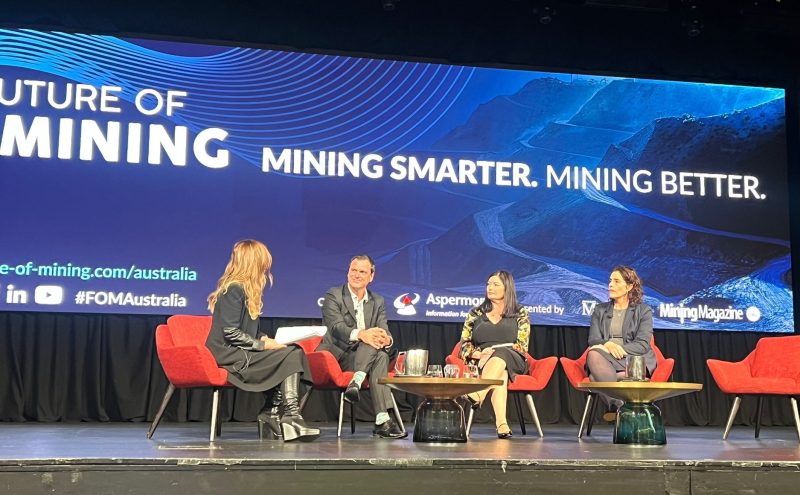Employee engagement has almost become a buzzword amid management circles and quite rightly so; studies have shown that if workers are engaged it’s likely to result in a raft of positive business outcomes. These include financial success, a high performance culture, higher rates of talent attraction and retention, better efficiencies and an enhanced customer experience.
But employee engagement is easier said than done. It has also arguably become more important with more Gen Ys entering the workforce which have different expectations than those which came before them.
For previous generations there were few expectations around employers being socially responsible or promoting flexible working – that has drastically changed. The term employee engagement is, in itself, an indicator of a worker’s enjoyment, commitment and satisfaction with their current role. While these factors may not have led to a Gen X employee (for example) leaving a job, that is no longer the case for younger generations. It is often said that in order to retain and attract Gen Ys they need to feel satisfied, challenged and valued. In actual fact this should be the basis of all good employee engagement regardless of which generation they were born into.
There are a number of concrete “things” leaders can do to improve employee engagement and, as a consequence, get more out of employees.
In August 2015 Edelman released its State of Employee Engagement research results. The research confirmed that, while there are some other factors at play, there are two key drivers of employee engagement; leadership and communication. In short, there are no silver bullets, employee engagement only comes from good leadership and communication.
Despite this research only confirming what we already knew, in 2016 countless leaders are still scratching their heads and outsourcing roles which are intended to improve engagement such as internal communication and culture development.
If leaders were to spend a little time concentrating on what they themselves and fellow managers can do to shift cultures and engagement, considerable outcomes could result.
As the research found, it’s simple stuff.
For leaders:
- Doing what you say you will to engender trust.
- Be visible within your business and have regular contact at all levels of the organisation.
- Behave in the same ways you ask your employees to, by living the values of the organisation.
With respect to communication:
- Ensure employees get the information they need in order to perform their jobs effectively.
- Have meaningful dialogue with employees such that their opinions are listened to, properly heard and are acted upon.
- Create cohesion by making sure the different parts of your organisation speak and work with one another effectively.
Andrew May, Partner of PwC’s performance clinic has also recommended leaders integrate a number of strategies to get the most out of employees.
- Set clear performance indicators
- Link career goals to personal goals
- Understand working styles
- Bring your whole self to work
- Make work fun and engaging
At Platform we understand that achieving the six points above is not always as simple as following the points outlined above. Our approach to assisting clients with internal communication and the engagement of employees is about figuring out the best ways for each organisation to make progress.
While the tools and levers will be different in different organisations (depending upon industry, size, political and social environments etc.) the outcomes organisations are seeking are largely the same; engaged workforces who are committed, innovative, excited to be there and giving 100 per cent every day.
In addition, by and large, the things that employees are looking for are the same; accurate, truthful, trustworthy information and an organisation which facilitates two-way conversations that allow them to be heard and contribute in a way which makes a real difference.
It’s about people, conversations and connections. And if you’re not up for putting some work into those areas, well, you can probably forget about having an engaged workforce.








